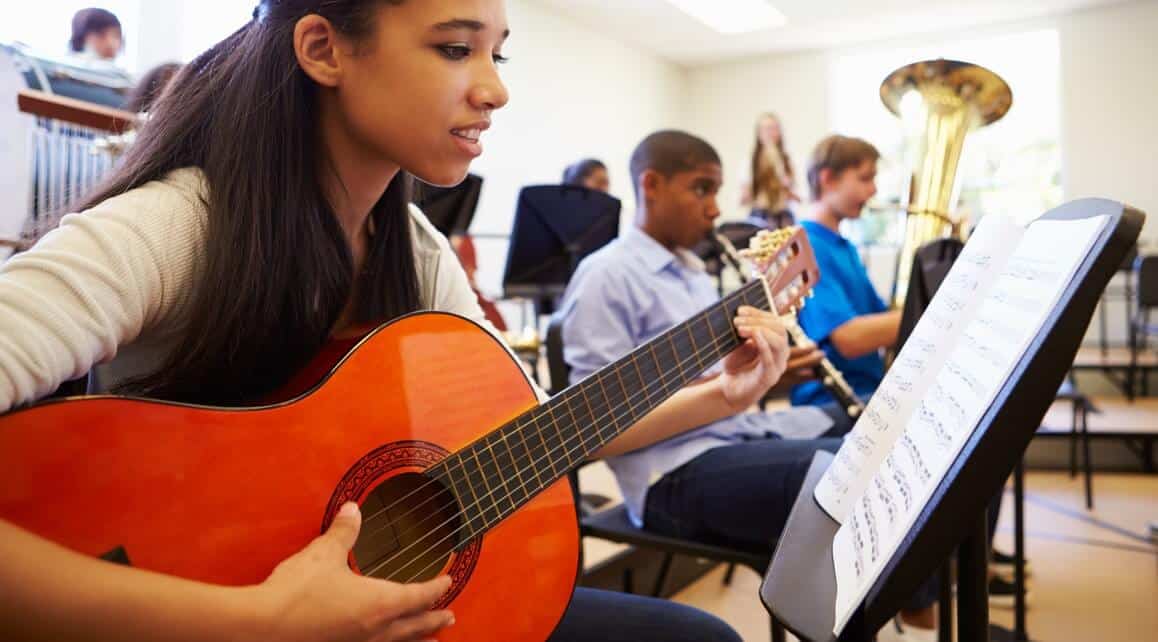Few disagree with the fact that healthy funding for the arts, particularly in school districts, is good for the health of the country. In fact, STEM education has recently started rebranding as “STEAM” – the “A” standing for the arts, of course. But why do East Coast states typically lag behind western states? This blog shares information about data, statistics, and regions, with a particular emphasis on Maryland and Arizona.
The State of Arts Funding in Maryland
Maryland faces significant challenges in arts funding. Despite being home to renowned institutions like the Baltimore Museum of Art, the Maryland Institute College of Art,and even the Peabody Institute of Music, the state struggles to provide adequate financial support to sustain and grow its arts sector.
According to the National Assembly of State Arts Agencies (NASAA), Maryland’s per capita funding for the arts is considerably lower than the national average. In the fiscal year 2022, Maryland allocated approximately $2.50 per capita for the arts, a stark contrast to states that lead in arts funding. This insufficient support hinders the ability of local arts organizations, from music schools to after school programs, to thrive, limiting opportunities for artists and reducing access to the arts for Maryland residents.
Arizona Believes in Robust Funding For The Arts
In comparison, Arizona has a more supportive environment for the arts. Arizona’s arts funding has seen significant increases over the past decade, driven by strong state-level advocacy and strategic partnerships between public and private sectors. For the fiscal year 2022, Arizona allocated around $6.50 per capita for the arts, more than double the amount allocated by Maryland.
This robust funding has enabled Arizona to foster a dynamic arts scene. Cities like Phoenix and Tucson have become cultural hubs, attracting artists from across the country and driving tourism. The strong support for the arts in Arizona has also led to innovative programs that integrate arts into education and community development, further solidifying the state’s commitment to cultural enrichment.
Arizona even has an arts-friendly scholarship program. The Empowerment Scholarship Account (ESA) program provides eligible families with public funding to pay for private school tuition, homeschooling, online education, and other educational expenses. This initiative aims to give parents more control over their child’s education and promote diverse learning opportunities tailored to individual needs. Whether a student wants to engage in AP coursework in their homeschooling co-op or take music lessons in Scottsdale, they may qualify for state funding.
An Overview of Arts Funding Across the US
The disparity in arts funding is not just a Maryland-Arizona issue; it reflects a broader trend across the United States. States on the West Coast, such as California and Oregon, also significantly outpace their Eastern counterparts in arts funding.
California, for instance, allocated an impressive $12.50 per capita for the arts in the fiscal year 2022. This funding has facilitated large-scale arts initiatives, including public art projects and extensive arts education programs in schools. Oregon, with its vibrant cultural communities in cities like Portland and Eugene, allocated approximately $7.00 per capita for the arts, enabling a flourishing local arts scene.
On the other hand, many Eastern states, including New York and Pennsylvania, while historically known for their cultural contributions, have seen stagnation or reductions in arts funding. New York, despite its global reputation as an arts capital, allocated only about $3.50 per capita in 2022, reflecting budget constraints and shifting policy priorities.
The Impact of Funding Disparities
The funding disparities between Eastern and Western states have profound implications for the arts and cultural sectors. In states like Maryland, the lack of sufficient funding restricts the growth and sustainability of arts organizations. Smaller budgets lead to fewer performances, exhibitions, and educational programs, reducing public access to the arts. This can have a cascading effect, where diminished arts programming leads to lower community engagement and economic opportunities.
On the other hand, states with higher arts funding, such as Arizona, reap numerous benefits. Increased funding leads to more vibrant and diverse cultural offerings, attracting tourists and boosting local economies. Strong arts programs also enhance the quality of life, fostering a sense of community and belonging.
How We Can Change
Addressing the funding disparities requires a multifaceted approach. Advocacy at the state level is crucial to increase public funding for the arts. Building coalitions between arts organizations, businesses, and government entities can help highlight the economic and social benefits of a thriving arts sector.
Additionally, exploring alternative funding models can provide new revenue streams. Public-private partnerships, community fundraising campaigns, and grant opportunities from national arts organizations can supplement state funding and provide more stability for arts programs.
Investing in the arts is not just about supporting cultural expression; it is about enriching communities, boosting economies, and fostering innovation. By recognizing the importance of the arts and addressing funding disparities, states like Maryland can work towards a more vibrant and inclusive cultural future, following the example set by states like Arizona and other leaders in arts funding.
In conclusion, while the East Coast, particularly Maryland, has struggled with arts funding, there are clear pathways to improvement. By learning from the successes of Western states and advocating for stronger support, Maryland can rejuvenate its arts sector and ensure that the arts remain a vital part of its community life.







